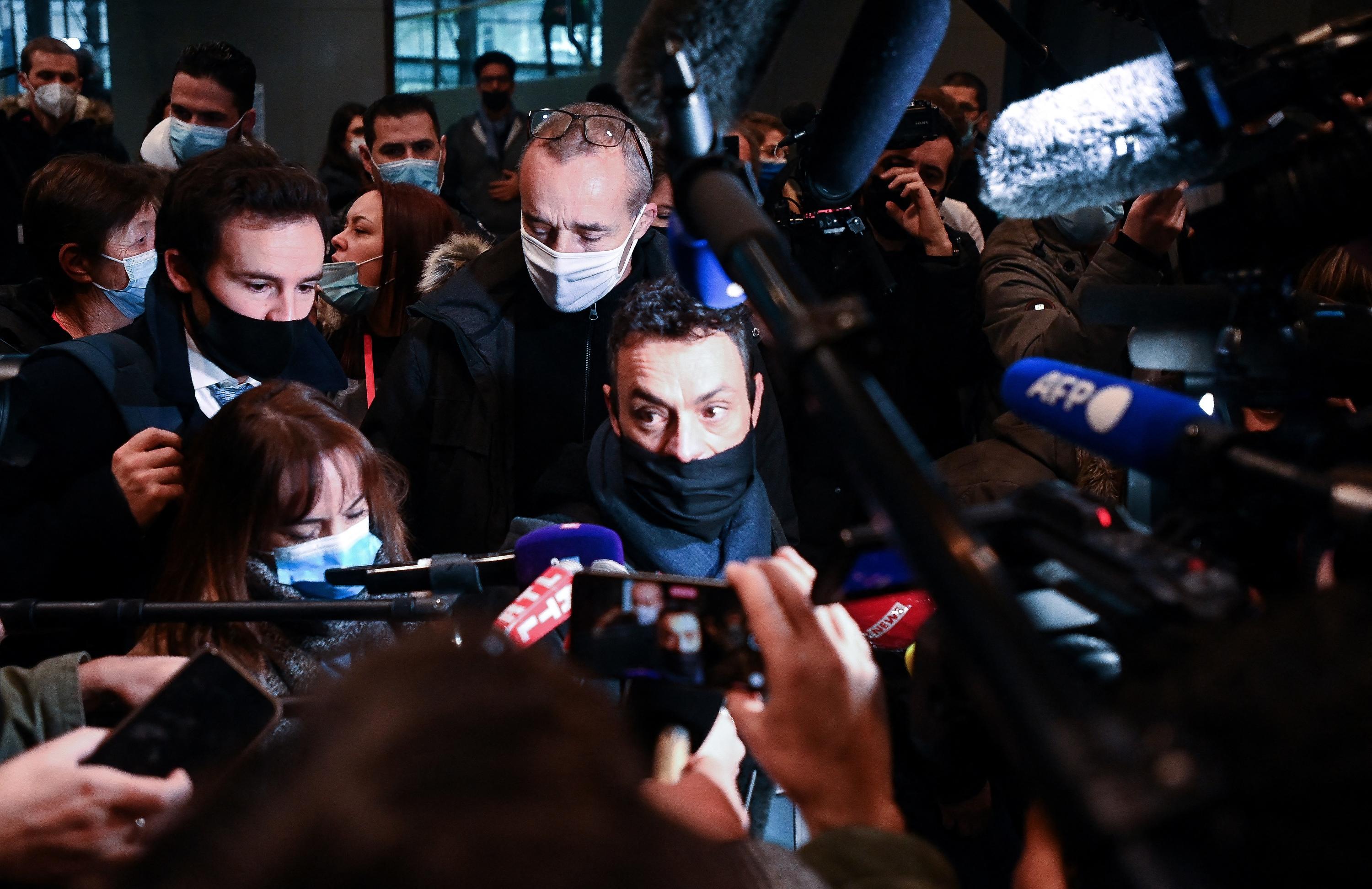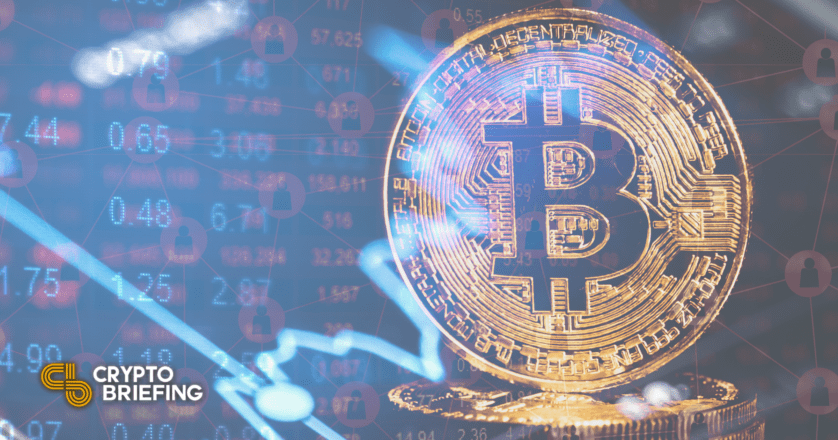Catastrophe was averted, but it wasn’t pretty.
When the I-40 Hernando de Soto Bridge connecting Tennessee and Arkansas was abruptly closed in May after a crack that had gone undetected for decades was discovered, 40,000 rerouted commuters and truckers traveling between Memphis and West Memphis endured more than two months of hours-long delays. The transportation industry and impacted businesses lost millions of dollars.
The crack in an interior weld on the 48-year-old span likely started shortly after the weld was made in the 1970s but couldn’t be seen during conventional inspection until it grew into a fracture, which drone video captured in 2019.
That fracture grew along the bridge’s top flange as the result of “a unique combination of low temperatures, increasing tie girder stress and the effect of live loads to which the bridge had not been subjected,” according to an investigation by Wiss, Janney, Elstner Associates.
But the Arkansas DOT employee who inspected it in 2019 and 2020 missed it. After he was fired, he claimed it wasn’t safe to get within arm’s length of the crack to observe it.

Adel Abdelnaby
Permission granted by University of Memphis
“I feel bad for him. I’m not saying he’s not responsible, but I did bridge inspections in the past, and I know a large bridge like that moves a lot. There are safety concerns,” said Adel Abdelnaby, a University of Memphis engineering professor who said he felt like he was having a heart attack (he even got down on his hands and knees and prayed) when he installed seismic sensors on the Hernando de Soto Bridge in a 2017 project with the Tennessee DOT.
That’s why it doesn’t make sense to rely on one person, who likely shares Abdelnaby’s fears of falling into the river, for an inspection of that magnitude, the professor added.
“This could have been prevented if computer modeling and more analysis were being done rigorously by several different people,” Abdelnaby said. “You want more redundancy in the system. If an inspector makes an error, but an engineer is doing a computer model, it’s hard for all these people to make errors at the same time.”
Federal law requires bridges to be inspected every two years and more frequently when potential problems need to be monitored. But some experts say that’s not enough.
“Right now, the inspector goes out and looks at a bridge and gives it a rating. There’s too much time between inspections, and the inspector might not see everything that’s going on,” said Kaan Ozbay, professor and director of the C2SMART Center at New York University’s Tandon School of Engineering.
Isolated incidents
Fortunately, experts say, advances in sensors and computer modeling technology and a cash infusion from the Infrastructure Investment and Jobs Act (IIJA) mean a situation due to human error like I-40 is increasingly unlikely to happen again.

Tony Hunley
Permission granted by Stantec
“Generally, these types of incidents have been very isolated,” said veteran bridge engineer Tony Hunley, bridge sector leader for global engineering and design firm Stantec and program manager for the preservation and replacement initiative Bridging Kentucky. “However, state DOTs struggle to have the funding levels available to stay ahead of the deterioration of our bridge infrastructure.”
That the nation’s 617,000 bridges are aging is no secret. The 2021 American Society of Civil Engineers Infrastructure Report Card found that 42% are more than 50 years old, and more than 46,000 are considered structurally deficient. It would cost $41.8 billion and take 40 years to repair every bridge in the backlog, ASCE reported.
Though chronically underfunded, state DOTs, with guidance from the Federal Highway Administration, have maintained robust inspection programs that have kept bridges relatively safe. (Over the past 30 years, three have collapsed, one of them hit by a barge.) Technology is making that exponentially easier, and the promise of billions in new funding from the infrastructure bill signed by President Joe Biden in November brings new hope to the sector.
“We’ve been waiting for this infrastructure bill for years and years and years,” said Andrew Herrmann, who was ASCE’s president in 2012, and is now principal emeritus at engineering firm Hardesty & Hanover. “It’s going to pump money where it needs to be.”
Bridges are entering “a new age,” said Greg Nadeau, chairman of Infrastructure Ventures, board member of composite bridge provider AIT Bridges and former FHWA administrator under President Barack Obama.

Greg Nadeau
Permission granted by AIT Bridges
“We have to do two things,” he said. “We need more money to address bridge needs — and the infrastructure bill has done that in a historic way — and we have to start building bridges faster, better, smarter. … With a bigger infusion of funds, states are going to be in a better position to really start taking advantage of that to utilize new age approaches and materials.”
Technology takes over
To help beef up safety monitoring of aging bridges, engineers are increasingly looking to technology. Ozbay said most problems could be averted with simple innovations such as sensors that measure stress and weight levels in bridge roadways’ asphalt for predictive modeling and sensors that alert DOTs about problems (much like a Fitbit warns its wearer when their heart rate spikes).
Using well-known structural engineering models, bridge authorities can leverage all the data they’re collecting to make smarter, more informed decisions.
“Sensors are relatively cheap — they can have many of them — and now it’s easy with wireless technology to get data from the field,” Ozbay said.
New York-based startup Dynamic Infrastructure, for example, offers an AI-based cloud platform that broadcasts live 3D images and alerts authorities when dramatic changes in bridge conditions occur. The system also analyzes past and current inspection-report photographs to create what the firm calls “visual medical records” that can identify defects and future maintenance risks.
State DOTs are also leveraging data to make systemwide decisions about scheduling repairs and preventive maintenance using Bridge Asset Management — which Hunley admits is a big, all-encompassing term.
“At its core, it’s leveraging the data that our states are getting through bridge inspections with cost data and deterioration data to plan ahead for what our needs will be,” he said. “When you look at bridges in this more programmatic way, it requires more formal technological tools to manage.”
Note: This article have been indexed to our site. We do not claim legitimacy, ownership or copyright of any of the content above. To see the article at original source Click Here












